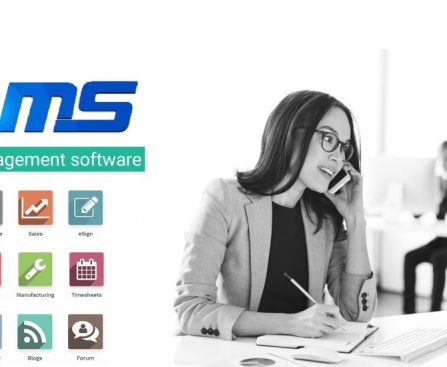Manufacturing a product involves so many processes including identifying the raw materials to build the product, setting a workstation for processing the raw materials, tracing the product movement, managing by product variants, etc. Improper management of these factors creates manufacturing delays and delayed production may even root for cancellation of the order and thereby financial […]
In order to maximize our company sales, which will entice the customer to spend more on our website. For that purpose, we can use the concept of upselling which is basically a technique where the seller will encourage the customer to go for a higher-end product that is more costly compared to the base variant. […]
In inventory management, the supply chain strategy determines when products should be fabricated, delivered to distribution centers, and made available in the retail channel. This kind of strategic process can be configured using Routes, featuring Pull and Push Rules. Once everything is properly configured, the inventory app can automatically generate transfers following the instructions given […]
Lead times are nothing but the time expected to receive, deliver, or manufacture products. One can configure the lead time for purchase, sales, and manufacture. The vendor lead time is the time demanded by the vendor to deliver a product. On the other hand, customer lead time denotes the time needed for delivering products to […]
Inventory valuation refers to how you value your stock. It’s a very important aspect of a business as the inventory can be the biggest asset of a company. An inventory valuation of a company helps to know the monetary value for items in their inventory. To ensure reliable financial records on inventory reports, careful calculation […]
A credit note, or credit memo, is a document issued to a customer that notifies them that they have been credited a certain amount. There are several reasons that can lead to a credit note, such as: – mistake in the invoice – return of the goods, or a rejection of the services – the […]
Cash in Cash out option is available when we enable the ‘Cash control’ feature in pos settings. The cash in/out is also referred to as put money in and take money out. The put money in is the cash in and is primarily used to put money manually before starting your transfer from the register […]
Default taxes and accounts are set on products and customers to create new transactions on the fly. However, you might have to use different taxes and record the transactions on different accounts, according to your customers’ and providers’ localizations and business types. Fiscal Positions allow you to create sets of rules to automatically adapt the […]
A good warehouse implementation takes care that products automatically move to their appropriate destination location. To make that process easier, Odoo uses Putaway rules. These are the rules of actions that have been described in the Odoo platform which will be used at the time of the purchase and incoming shipment of the products. It […]
A Debit Note is required to be issued when purchased goods are returned or if a revision is needed in the created bill due to goods/services not being up to the mark ie. bad quality of goods are delivered or when the value of invoice increases due to extra goods being delivered. It provides details […]
